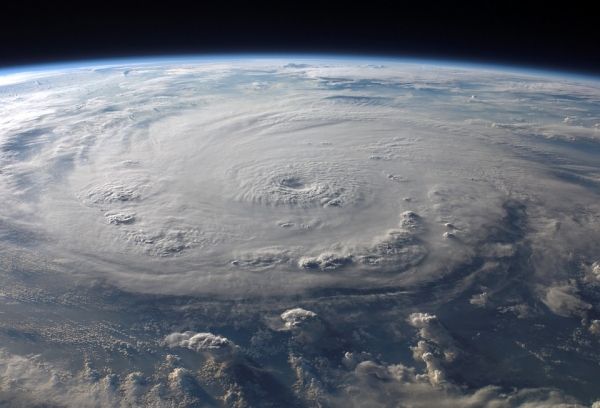A new study suggests that climate change could soon eliminate an atmospheric barrier that protects much of the U.S. East Coast from powerful hurricanes.
Severe hurricanes can cost up to hundreds of billions of dollars in damages. The destruction left in the wake of Atlantic hurricanes has been increasing over time in recent decades, according to scientific studies. However, it has been difficult to predict whether and how hurricanes will continue to increase in intensity and impacts.
There are two main factors that contribute to hurricane development and intensity: sea surface temperature and vertical wind shear. Vertical wind shear is the difference in wind speed or direction between the upper and lower troposphere. Warmer sea surface temperatures and low wind shear (meaning the wind speeds and directions are similar throughout the column of air) both raise the potential intensity of a hurricane. Scientists knew that ocean temperatures are heating up, but until now it has not been clear how climate change would impact wind shear.
A new paper, published today in Scientific Reports, finds that climate change could alter wind shear in a way that could deliver more powerful hurricanes to the East Coast. The study is authored by scientists from Columbia University’s Lamont-Doherty Earth Observatory and the National Oceanic and Atmospheric Administration.
Read more at Earth Institute at Columbia University
Photo Credit: WikiImages via Pixabay


